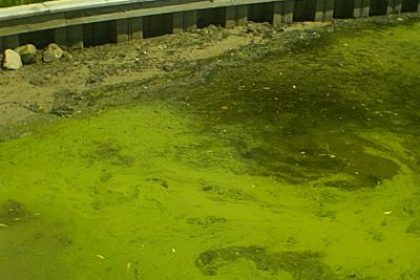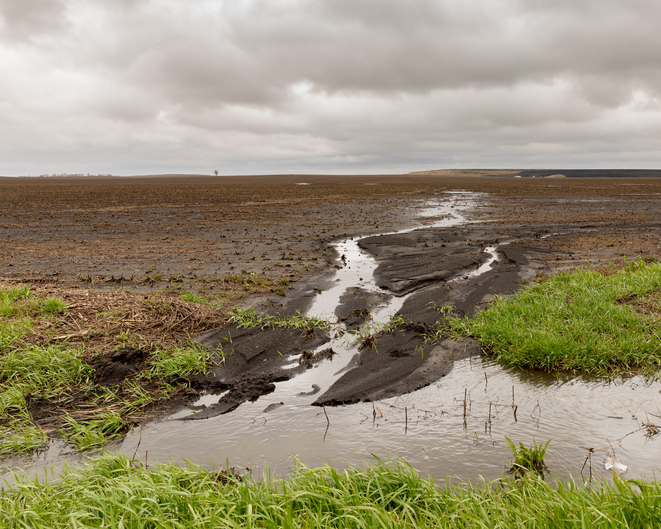
Lakes across the country are struggling with harmful algal blooms, low oxygen, and declining fish populations. While these problems are often obvious at the surface, many management practices are based on misconceptions that don’t address the real causes. Instead of solving the issue, they often make lakes even sicker.
Chemical Treatments: A Short-Term Fix That Makes Things Worse
Many lake managers turn to algaecides and herbicides to control harmful algae. On the surface, these treatments may look effective, but the reality is very different.
When algae are killed by chemicals, the cells release toxins directly into the water. The dead material then sinks, decomposes, and consumes oxygen—creating hypoxic conditions that stress or kill fish. Low oxygen also triggers internal nutrient release from sediments, fueling the very blooms that the chemicals were meant to stop.
Instead of restoring balance, chemical treatments can lock lakes into a cycle of recurring blooms and declining water quality.

Looking at the Surface Isn’t Enough
It’s common to judge a lake’s health by what can be seen at the surface—clear water, healthy oxygen levels near the top, or visible fish. But many lakes stratify, with deeper waters cut off from oxygen. While the surface looks fine, the bottom layers can be oxygen-depleted and nutrient-rich.
Fish crowded near the surface aren’t thriving—they’re escaping conditions that are deadly below.
Runoff Isn’t the Only Problem
Nutrient runoff from land is an important driver of algae, but it’s not the only one. Sediments at the bottom of lakes often act as storage banks for phosphorus and nitrogen. When oxygen levels drop, these nutrients are released back into the water, feeding new blooms year after year.
Focusing only on reducing runoff misses the internal nutrient cycle already at work inside the lake.

The Limits of Simple Metrics
Common tools like the Trophic State Index (TSI) are often used to measure lake health. But they mostly track surface-level data like clarity and nutrient concentrations. These numbers don’t reveal what’s happening in deeper waters, or how sediments and oxygen loss are driving long-term decline.
A Call for Smarter Lake Management
The misconceptions around lake health—and the overreliance on chemicals—are keeping many lakes stuck in poor condition. Chemical treatments may offer short-term relief, but they create long-term problems.
To break the cycle, management strategies need to focus on oxygen restoration, sediment nutrient control, and ecosystem balance. Prevention and smarter monitoring are also key to creating lakes that are resilient, healthy, and able to support aquatic life for generations.
